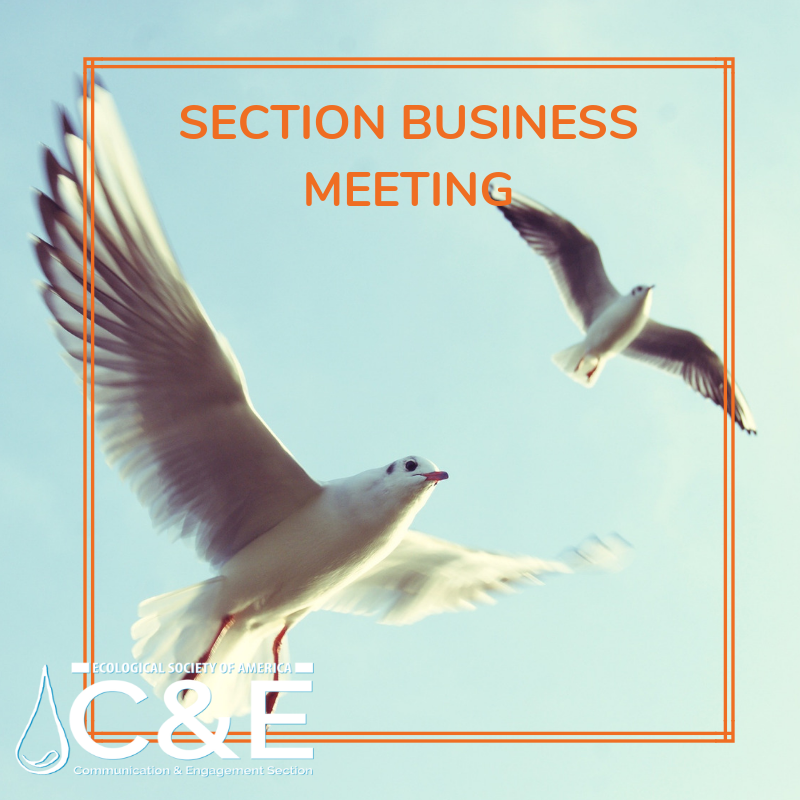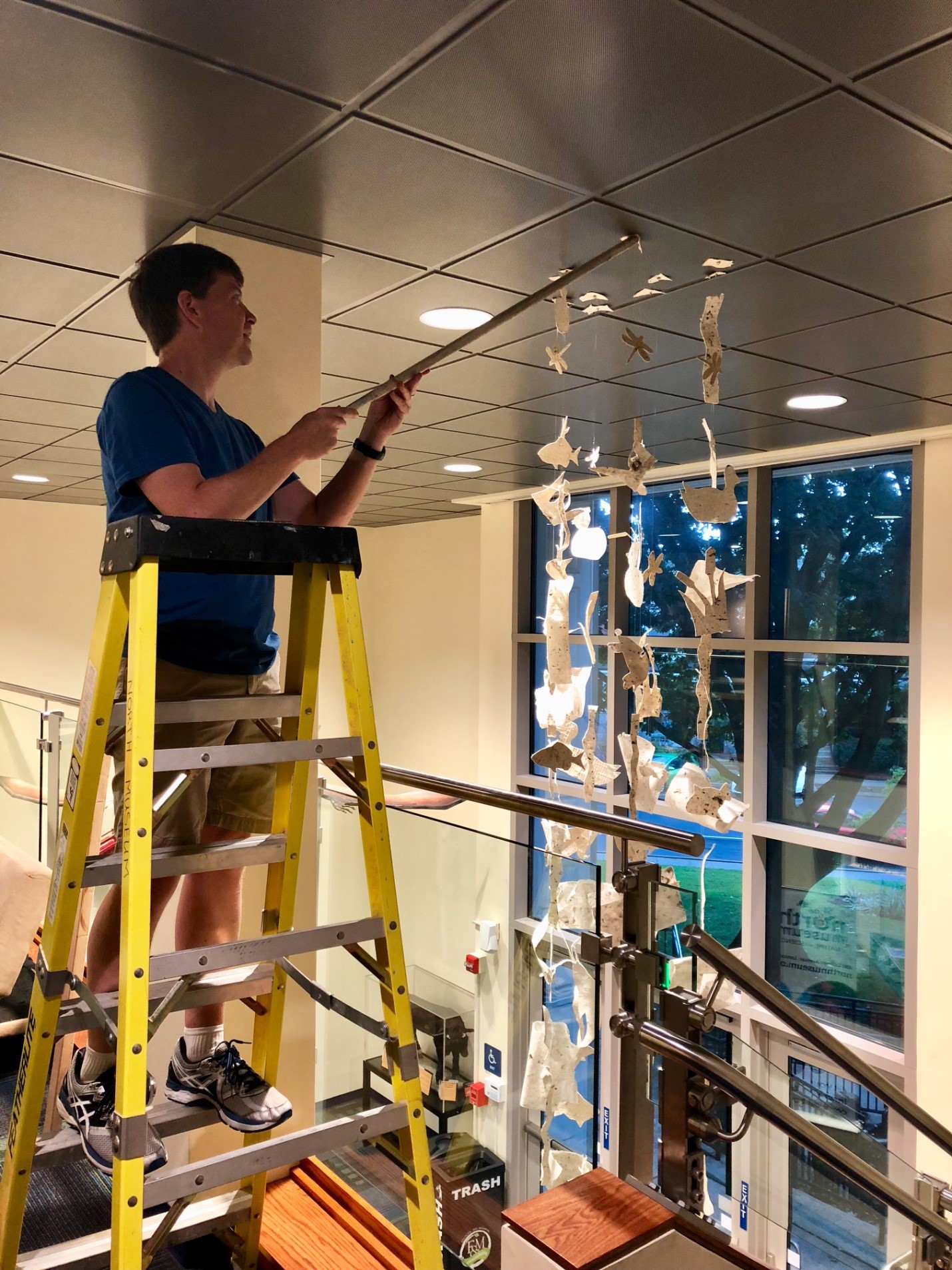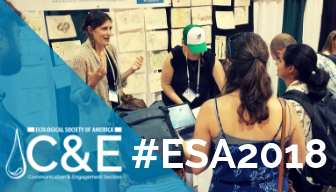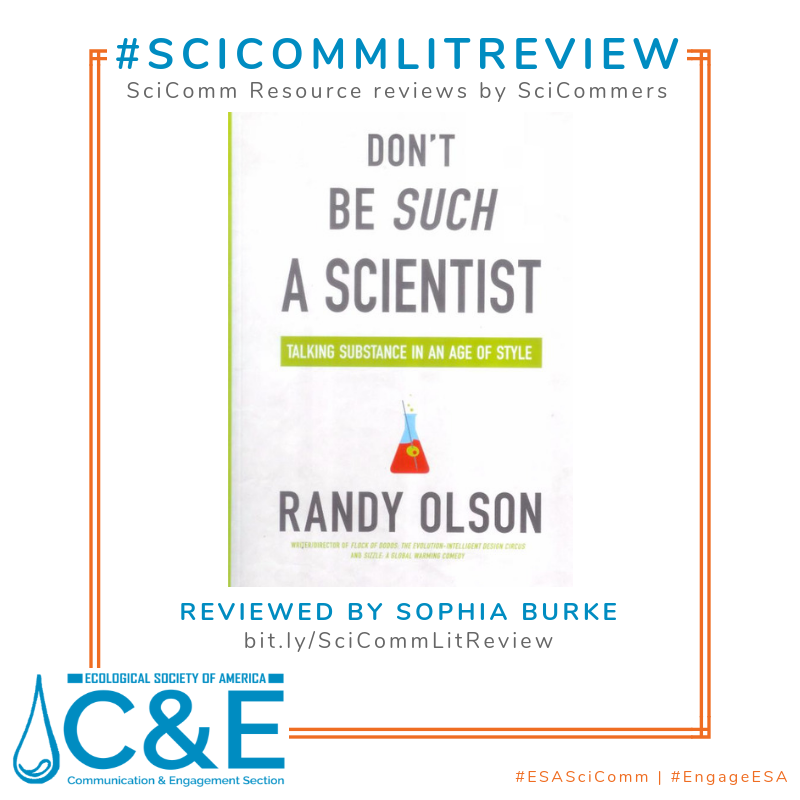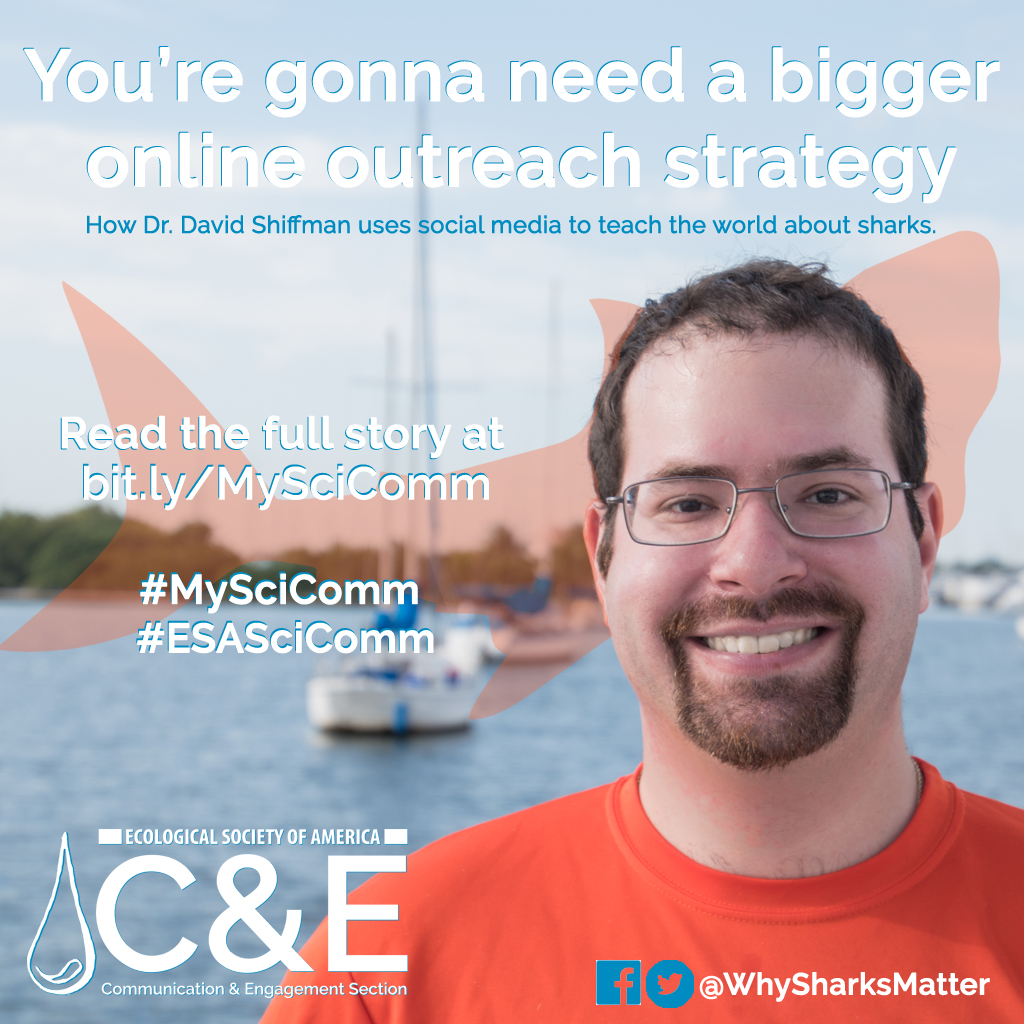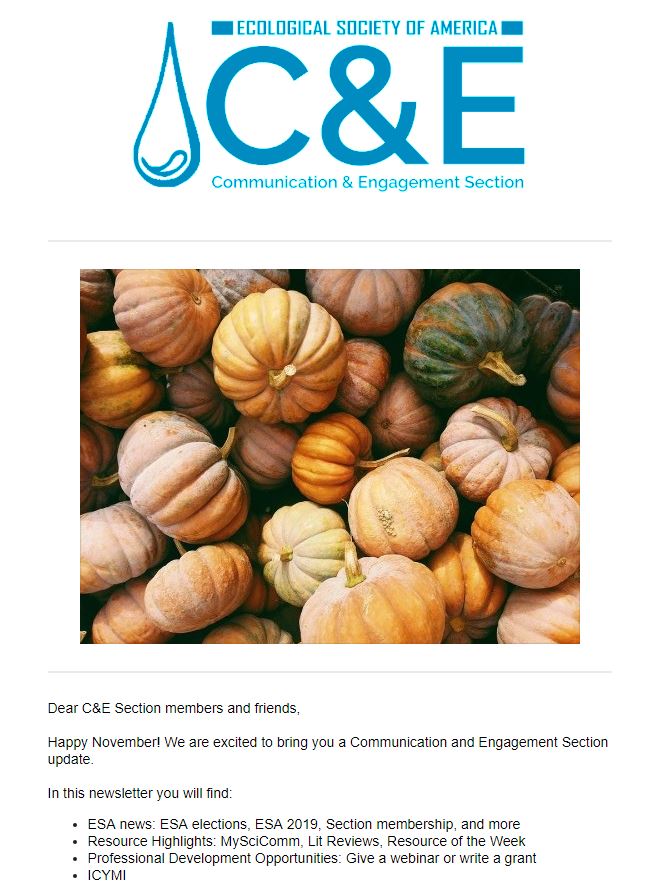
October 2018 newsletter
Happy November! We are excited to bring you a Communication and Engagement Section update. In this newsletter you will find: ESA news: ESA elections, ESA 2019, Section membership, and more Resource Highlights: MySciComm, Lit Reviews, Resource of the Week Professional Development Opportunities: Give a webinar or write a grant ICYMI Follow this link to read the full newsletter.
